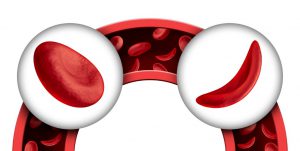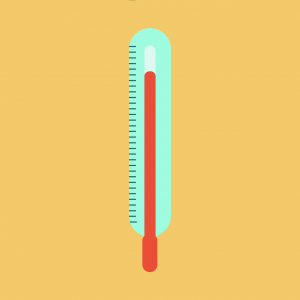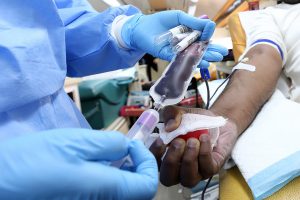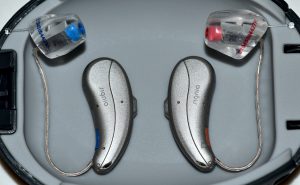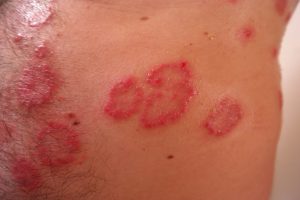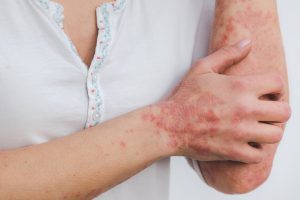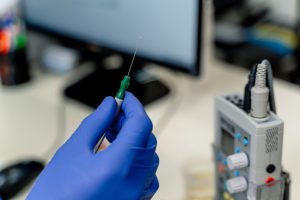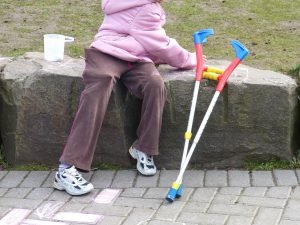When the coronavirus hit the world last year, travel came to a halt, leaving many to be refunded or credited for their airplane and cruise tickets, hotel rooms, and more. It was a tough time for everyone around the world, with many people unable to see their friends or family, but now, with millions of people getting vaccinated, countries are opening their borders to visitors from abroad, and people are ready to travel. There is a catch though: depending on where you are going, you might have to purchase travel health insurance beforehand.
Where Will You Need Travel Health Insurance?
Some countries are currently requiring people to get travel health insurance before entering, and so far, one cruise line, Royal Caribbean International, is requiring it of all passengers. This requirement was originally only for unvaccinated Americans, but now many countries are insisting that all travelers be insured before making their journey, and are asking that the coverage be sufficient to cover Covid-19-related medical expenses, including quarantine and evacuation.

Countries requiring travel health insurance include:
- Anguilla
- Aruba
- Bahamas
- Bermuda
- Cambodia
- Cayman Islands
- Chile
- Costa Rica
- Cuba*
- Dubai (United Arab Emirates)*
- Ecuador*
- Egypt*
- French Polynesia
- Israel
- Jamaica
- Jordan
- Lebanon
- Nepal
- New Zealand*
- Qatar*
- Russia*
- St. Maarten
- Thailand
- Turkey*
- Turks and Caicos
- Ukraine
*Country requires even non-Covid-19-related medical insurance for visitors.
How Much Is It?
Fortunately, travel health insurance is not very expensive, generally costing around $30-$80 per traveler. Speak to your health insurance provider to see if they offer it, and to find out the exact cost for you.
You should also know that some countries will require you to have a specific amount of coverage; for example, in order to visit Dubai, you will need at least $100,000 in general emergency medical coverage and $50,000 for medical evacuation. Aruba is requiring $75,000 for hospital costs, medical transportation costs, and more. For trips to Antarctica, where different nations control different areas, tour operators will most likely require at least $100,000 in both medical coverage and evacuation expenses.
The coronavirus has changed the world, and countries are trying to protect themselves by mandating that travelers get health insurance to cover their medical expenses in the event they contract Covid-19. And this might be just the beginning when it comes to these types of requirements: many think this will remain the standard for countries from now on.
Travel health insurance is offered by some health insurance companies, and you might be able to add it to your current policy; if not, you can always search for a plan that does offer it, with the help of an EZ agent. Our agents can compare plans for you in minutes to help you save money and time. To get free instant quotes, simply enter your zip code in the bar above, or to speak to a local licensed agent, call 888-350-1890.

